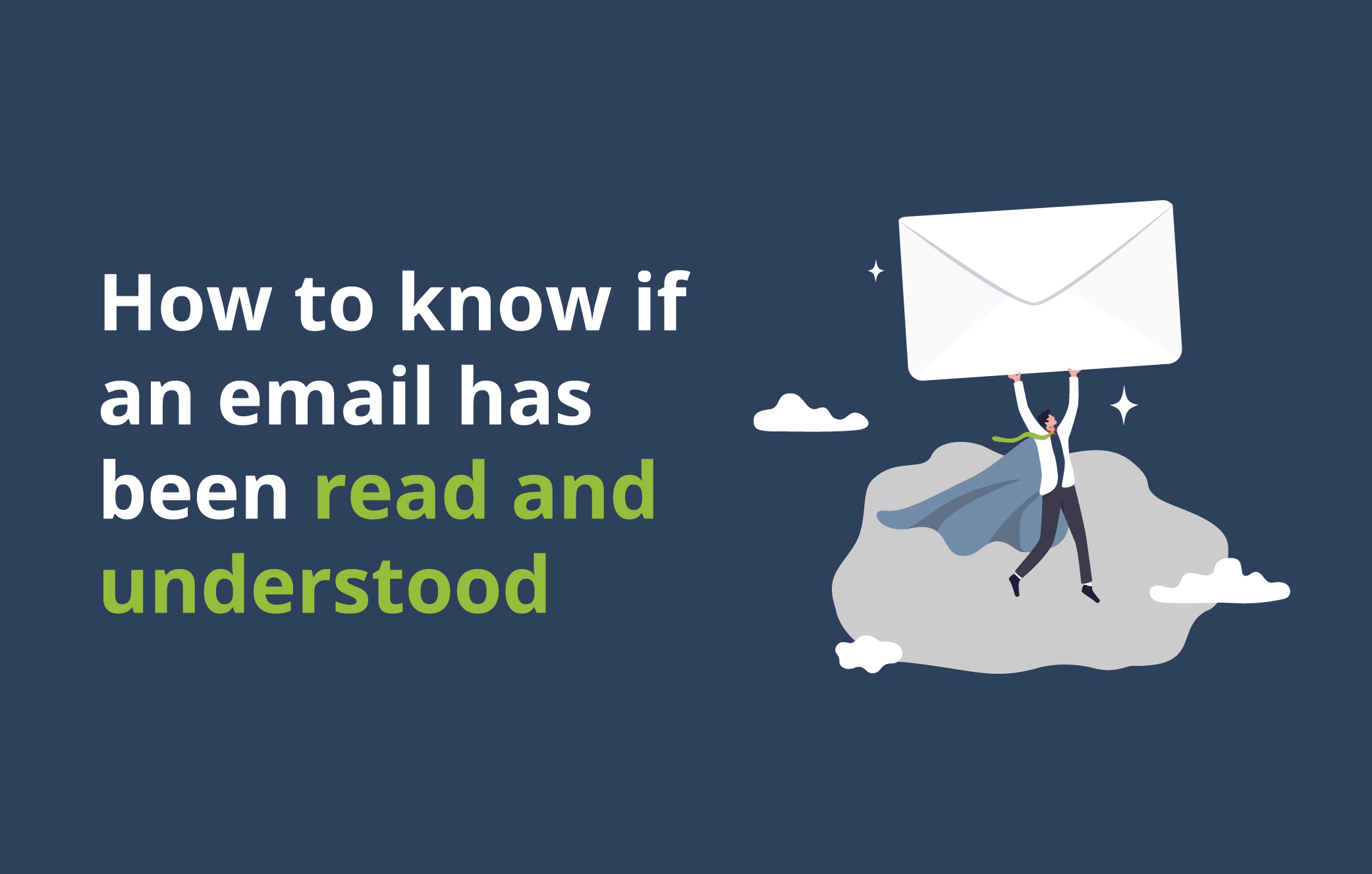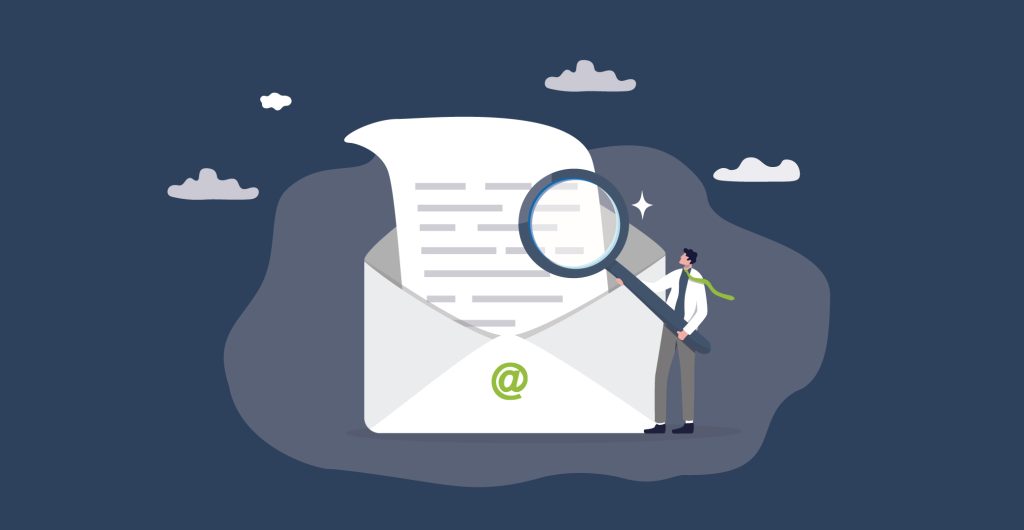
How to know if an email has been read and understood
Email is a common way for businesses to talk. But figuring out if someone read your email can be tricky. How to know if an email has been read is a question many ask as businesses grow and communication becomes more sophisticated.
While it has been, and still is, a reliable tool for workplaces, the increasing demands of compliance, audits, new regulations, policies and alike have revealed flaws of traditional emails.
In this blog we will show you how to know if an email has been read and understood.
Key points:
The average employee spends 4.1 hours a day reading, writing and managing emails (source).
96% of employees consider irrelevant internal emails from colleagues and bosses to be a waste of time (source).
The average office workers sends around 33 emails every day (source).
While emails are great for quickly sending out information, attaching documents and basically anything related to internal communications, actually tracking engagement once they’ve been sent can be tricky.

1. Proving an email has been seen
Most large email providers will give you the option to send read receipts or delivery receipts, you could even gather information like date and time from an image inside a HTML email.
These features are helpful for tracking opens, but not sufficient for proving for email has been read and understood, which is sometimes required for compliance on important documents like policies.
Email Read Receipts
Popular email providers like Outlook and Gmail offer the option to request a read receipt, which the recipient clicks to confirm they’ve read it. This is great for day-to-day emailing where you need confirmation, but their response isn’t critical.
Challenges: Tracking this data isn’t easy, often involves spreadsheets and lots of manual input to be a sufficient tracking resource. Users may also choose not to read the email and click the confirmation button regardless.
Email Delivery Receipts
Delivery receipts are useful in a few cases, mainly for your own peace of mind that the email has been received so you don’t have to second guess if its undelivered.
Challenges: If you’re using it to track a large number of emails, this data is hard to collate. This also isn’t sufficient prove an email has been read, only delivered.
HTML Email with an Image
If you’re using an email management system you could get a bit more technical and include an image in your HTML template. This will collect information such as the time and date that the email is opened.
Challenges: Timely and impractical. Recipients may choose not to display images. Also only tracks data on opens, not if its been read.

2. How to know if an email has been Read and Understood
The only way to prove an email has been read if you’re using a traditional email system is when the recipient replies with confirmation of their understanding.
This is difficult to achieve on a large scale and can often take multiple follow-ups to achieve any kind of adequate response levels.
The bottom line is that there is only so much you can do with traditional emails.
Distribution and Tracking Software
The best way to track if an email is read, is to take things to a different platform.
A dedicated acknowledgement and document tracking system can give you guarantee of someone’s understanding, and also reporting metrics for tracking purposes.
Proving information is seen
With a more purpose-built system you can still achieve all the same things on email, but with that extra layer of data for compliance.
Read & Sign, for example, is able to track ‘acknowledgements’ which is when a user clicks a button to confirm their receipt and understanding of information you send them.
Responses are logged and data can be viewed, exported and segmented by individuals, groups or authors.
Proving information is understood
With distribution and tracking software you can often guarantee understanding of information with competency questions. For example, by adding a test/quiz at the end of each send you can be sure users have actually digested what you’ve sent them.
This can be strict or optional on a question-by-question basis, for example set required questions which people must answer correctly before they are able to acknowledge receipt of your information.
Ensuring High Response Rates
Software gives you additional workflows which email doesn’t have, like configuring custom workflows based on user engagement.
For example, setting time frames which they must acknowledge by and scheduling automatic reminders for non-responders.
This gives recipients ownership over their response.
Commonly Sent Documents & Re-issue
There are also lots of great timesaving features which can improve how you communicate, such as templates and signatures.
For example, Read & Sign allows you to create notice templates, which are commonly sent items you need to use time and time again, this could be new starter documents, general policies and procedures, or anything else thats central to your business.
Signed notices allow you to collect signatures directly within Read & Sign, keeping all of your documents, contracts and information in one platform.
Get Started
Never be in the dark again and know exactly when information is read and understood.

